Category: 12-13 Season
-
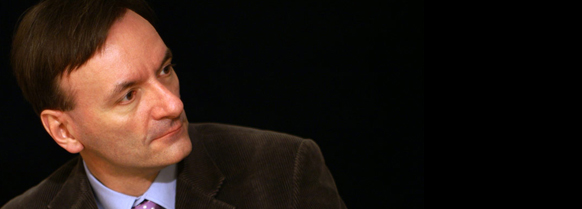
PROGRAM NOTES: STEPHEN HOUGH
Frédéric Chopin: Nocturnes, Op. 27 The nocturnes are Chopin’s most intimate and personal utterances. Some are wistful, some reflective, some melancholy, some faintly troubled and some serenely joyful. All are sensuously beautiful, suffused with elegance and deeply poetic impulses. During Chopin’s lifetime they were his most popular pieces. Twenty-one survive, the first written when…
-
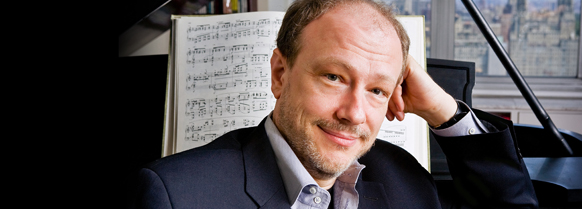
PROGRAM NOTES: MARC-ANDRÉ HAMELIN
Alban Berg: Piano sonata, Op. 1 “Among the most auspicious Opus Ones ever written,” was Glenn Gould’s assessment of Alban Berg’s piano sonata. Berg wrote this work in 1907-08 while studying with Arnold Schönberg. Originally it was intended to have three movements but, after completing the first, Berg found that “for a long time nothing…
-
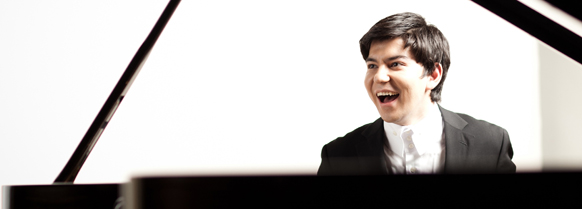
PROGRAM NOTES: BEHZOD ABDURAIMOV
Franz Schubert: Piano sonata in A major, D. 664 (Op. 120) Scholars lack definite evidence for the date and place of composition of Schubert’s early A major sonata, but most are willing to grant that most likely he wrote it during the summer of 1819 while vacationing in Steyr in Upper Austria. He wrote to…
-

PROGRAM NOTES: PAUL LEWIS
Paul Lewis performs the Late Schubert Sonatas The year of Schubert’s death, 1828, saw the birth of an extraordinary number of masterpieces from the pen of this master lyricist: the “Great” C major Symphony, the Mass in E-flat, the String Quintet in C, thirteen of his finest songs, and the final trilogy of great…
-
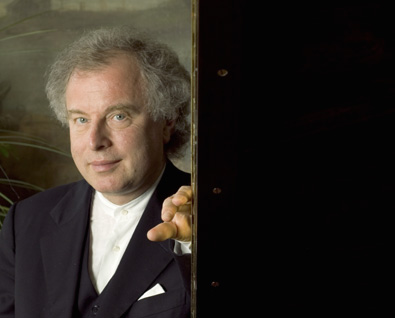
PROGRAM NOTES: ANDRAS SCHIFF PERFORMS BACH
J. S. Bach: Well-Tempered Clavier One of the monumental landmarks in the history of music, Bach’s Well-tempered Clavier (the WTC for short) has come to represent the “Old Testament” of the pianist’s repertory (Hans von Bülow) and his “daily bread” (Robert Schumann). “For more than 250 years,” states Davitt Moroney, “Das wohltemperierte Clavier has…
-
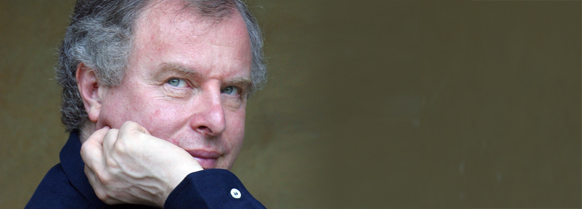
ANDRÁS SCHIFF: ON PLAYING BACH AND THE WELL-TEMPERED CLAVIER
Senza pedale ma con tanti colori (Without the pedal but with plenty of colours) Playing J. S. Bach’s keyboard music on the modern piano, pianists are confronted with various fundamental questions. The answers to these are never simple. For example: what is the “correct” instrument for the Well-Tempered Clavier? The clavichord, the harpsichord, the organ,…
-

ONE OF OUR FAVOURITE COMPOSERS: FRANZ SCHUBERT
“When Schubert wants to tell you something important, he will usually lower his voice rather than raise it – he draws you into the message, rather than projects it out to you.” Paul Lewis Last week, we pointed out Franz Schubert, a much-loved composer by our audiences, will be well represented in our 2012-2013 season.…
-

SOME THOUGHTS ON OUR UPCOMING 12-13 SEASON
Today we want to share with you a few thoughts and facts about our recently announced 2012-2013 season: UP FIRST: On October 5 András Schiff will open the 33rd season with an all-Bach program. In fact, András was one of the first artists who launched the Vancouver Recital Society in 1981. Like so many…

